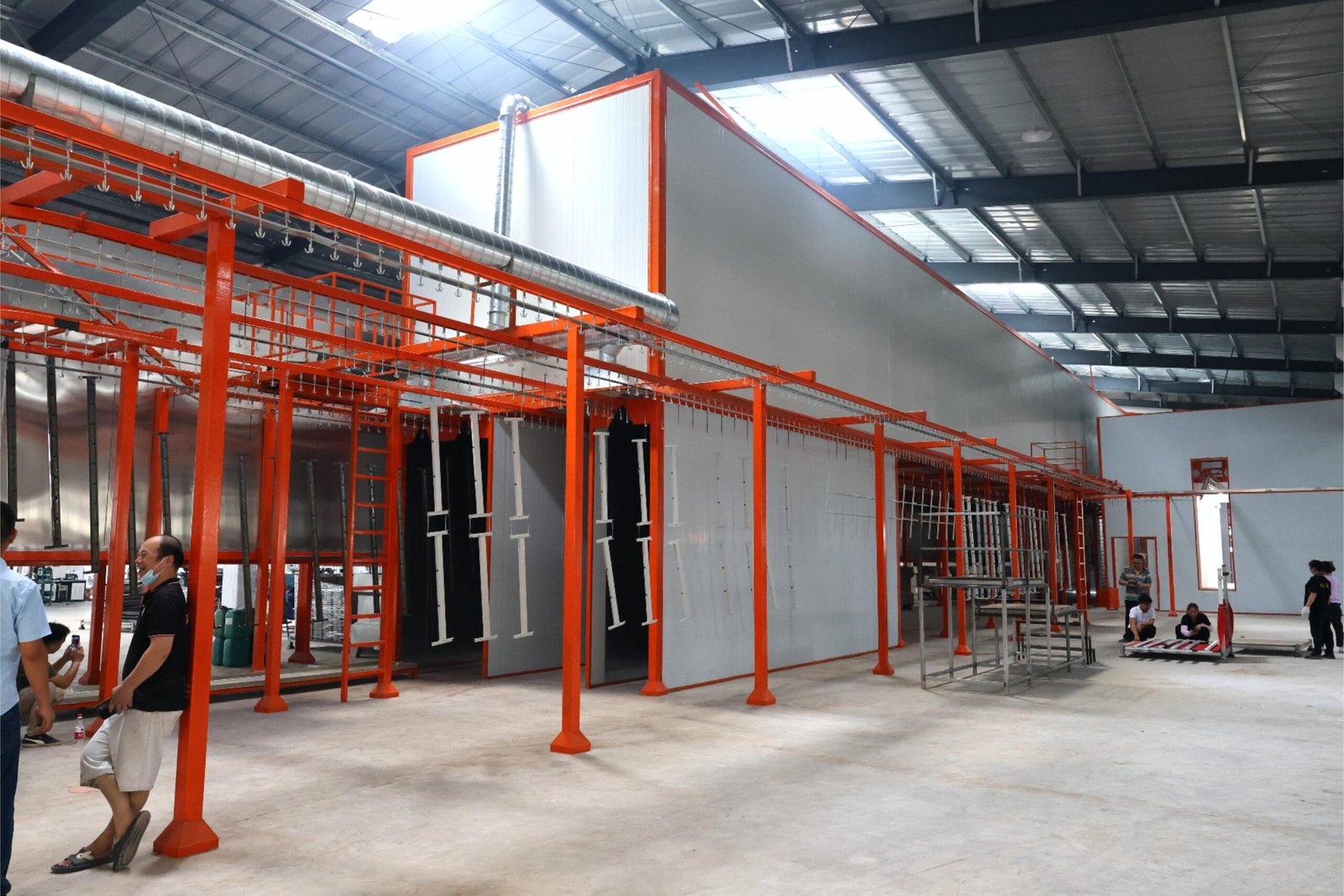What Quality Control Measures Should Be Implemented?

Defects don’t just ruin products—they damage trust.
If we don’t control quality, we end up wasting time, money, and reputation.
Effective quality control measures include setting clear standards, staff training, thorough inspections, detailed testing, and a structured QMS. These practices help reduce defects, meet regulations, and increase customer satisfaction.
Want consistent results every time? Here’s how we ensure quality across every part of the production line.
Why do we need clear quality standards?

If everyone follows a different rulebook, quality becomes guesswork.
Without standards, “good enough” is never clear.
Clear quality standards give everyone a common target. They define what quality means in practice—what to check, when, and how.
We document our standards in a shared quality manual. It lists:
- Visual criteria (e.g. color match, gloss levels)
- Functional tests (e.g. adhesion, curing)
- Tolerances and measurement ranges
These standards also reflect customer expectations and industry requirements.
How does training improve quality outcomes?
Well-trained teams don’t just do the job—they prevent problems before they start.
Untrained staff might miss small errors that grow into major issues.
Ongoing training makes sure every team member understands how to spot defects, follow protocols, and use inspection tools.
Our Training Topics Include:
- Reading inspection checklists
- Using micrometers, film gauges, or gloss meters
- Responding to non-conformance
- Documenting test results correctly
We hold monthly refresher sessions and provide hands-on learning for new hires.
What kind of inspections help catch problems early?
Waiting until final inspection is too late.
A good quality program checks at every step.
Inspections help catch defects before they pile up or ship out. We use a mix of visual checks, in-process sampling, and post-finish reviews.
Typical Inspection Points:
| Process Stage | What We Check |
|---|---|
| Pretreatment | Surface cleanliness, dryness |
| Powder application | Film thickness, coverage |
| Curing | Oven temp/time logs, gloss level |
| Final product | Color match, adhesion, texture |
Checklists guide our team through each inspection phase. We also use automated sensors and visual aids for high-volume lines.
Why are testing methods so important?
Inspection shows what’s visible—but testing reveals what’s hidden.
For example, a coating may look fine but fail under stress.
We use testing to verify the strength, durability, and safety of finished parts. Each test gives real data—not guesswork.
Key Testing Methods:
- Cross-hatch adhesion tests
- Impact or bend tests
- Salt spray for corrosion resistance
- Cure validation with solvent rub or MEK tests
We calibrate all test equipment monthly to ensure accuracy.
How does a Quality Management System help?
If quality issues aren’t tracked, they’ll happen again.
That’s why we use systems—not sticky notes.
A Quality Management System (QMS) helps us organize, monitor, and continuously improve our quality efforts.
What Our QMS Tracks:
- Inspection results and pass/fail rates
- Non-conformance reports and root causes
- Corrective and preventive actions (CAPA)
- Staff training and certification logs
Our QMS is cloud-based, giving supervisors real-time dashboards and traceability across batches.
What role do audits play in quality control?
Even the best systems drift over time.
Audits keep them sharp.
Internal and external audits help verify that our processes are followed correctly—and identify what needs fixing.
We schedule:
- Internal audits monthly
- Customer audits as requested
- Third-party audits for ISO or industry compliance
After each audit, we create a report and assign clear follow-up actions.
Conclusion
Good quality doesn’t happen by accident—it happens by habit.
With clear standards, trained staff, detailed inspections, proper testing, and an organized QMS, we make quality part of every product—not just a checkbox.
